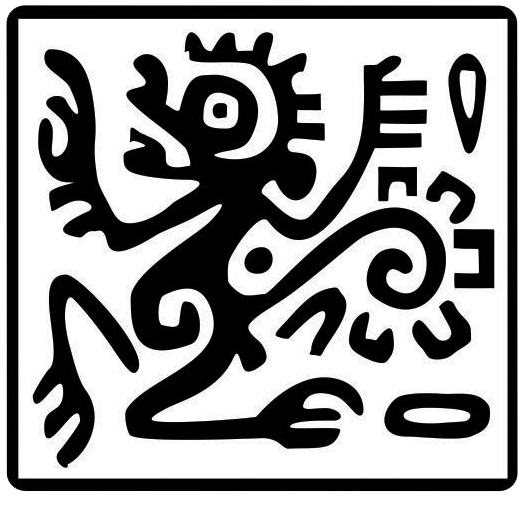Use of mitochondrial DNA from feces to evaluate the range of secretive species: the case of volcano rabbit
Abstract
The volcano rabbit, Romerolagus diazi, is endemic to a small region along the Trans-Mexican Volcanic Belt in central México. Although its distribution in the volcanic fields of the Sierras Nevada and Chichinautzin is not debated, its occurrence in the Nevado de Toluca volcano has been controversial. In this study, we used a species identification tool using DNA isolated from fecal pellets in order to corroborate the occurrence of volcano rabbit in the Nevado de Toluca. Both PCR assays and phylogenetic analysis of fragments of cytochrome b and D-Loop mitochondrial genes provide evidence that although the morphology of collected pellets resemble those of R. diazi, they instead correspond to a Sylvilagus species. These results support the hypothesis that R. diazi is not currently distributed in the Nevado de Toluca.
THERYA NOTES is based on its open access policy allowing free download of the complete contents of the magazine in digital format. It also authorizes the author to place the article in the format published by the magazine on your personal website, or in an open access repository, distribute copies of the article published in electronic or printed format that the author deems appropriate, and reuse part or whole article in own articles or future books, giving the corresponding credits. The Creative Commons CC BY-NC-SD license is used.![]()










